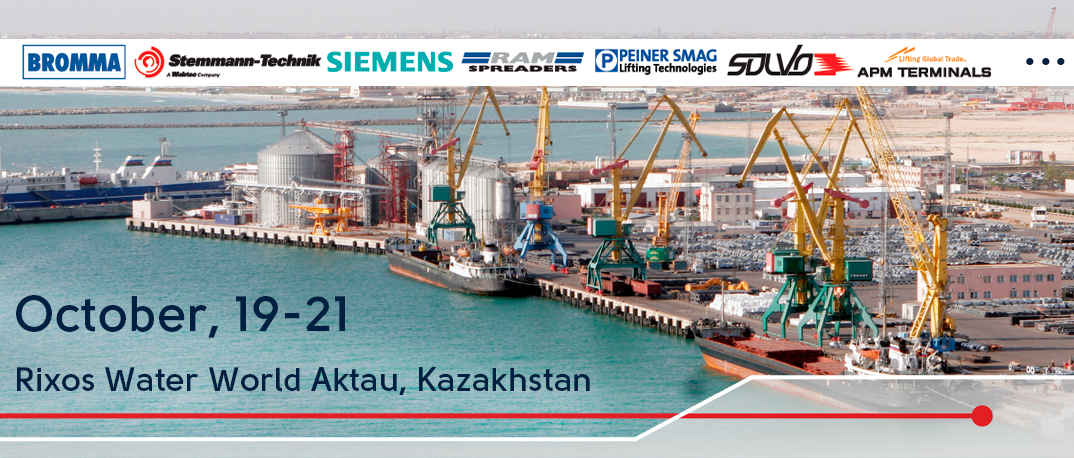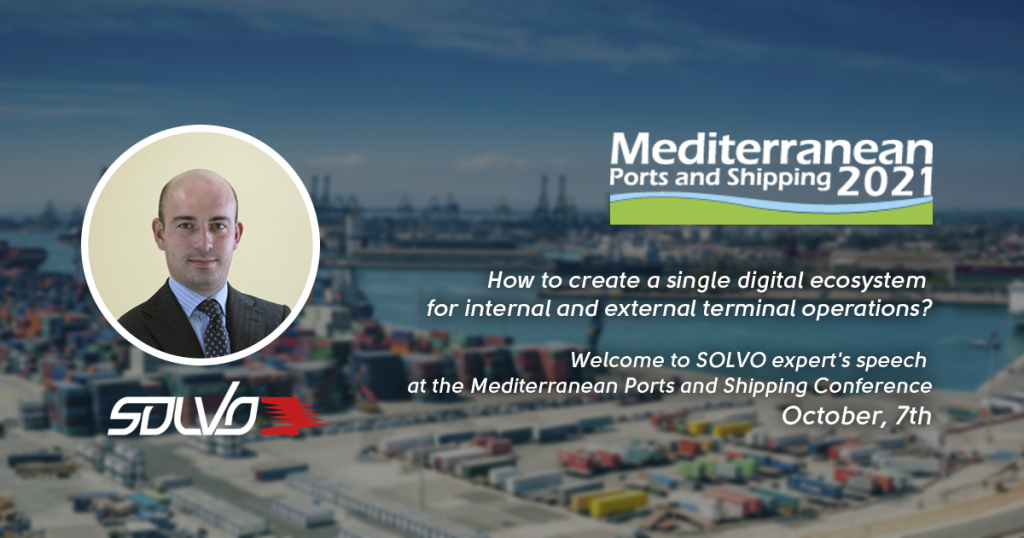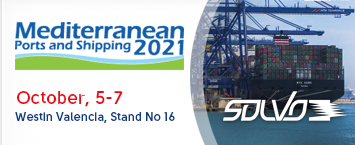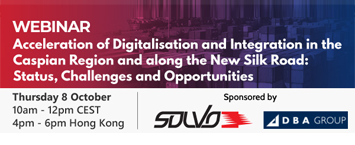





The heads of ports, cargo terminals, railway freight stations in Russia and interested representatives of companies from other countries met on July, 29-30 in the business space of the Hilton Garden Inn Novorossiysk hotel enjoying the beautiful views of the Black Sea coast. Industry representatives discussed the development of logistics infrastructure in the Azov-Black Sea and Caspian regions. And, of course, they raised a very important issue of saving resources during the construction and expansion of logistics facilities.

“Construction of cargo terminals – this is a huge investment and a large amount of diverse works. The first thing we always face in this direction is that customers, which is generally reasonable, decide "to eat an elephant in parts" – they break the project into phases: design, construction and infrastructure. There is a risk in this approach, which is not always taken into account – when construction decisions are made without considering the requirements of the future infrastructure project. That is, construction has already begun, but the infrastructure has not been thought out yet”, - the SOLVO expert explained.
Like in this case, at the logistics facility, first weighing and lighting masts were installed, and then it turned out that other important infrastructure facilities were not connected to them. It had to open the already rolled concrete coating to fix everything.

Another common mistake is designing IT resources separately for IT tasks. Oleg Kishko gave the following example:
“One company has purchased server capacity for each IT system. We performed an expert examination, and thanks to which we managed to compose the equipment to the requirements of each of these systems, as well as safety requirements and data backup. As a result, we freed up a couple of servers, which helped the company save money and created potential for further capacity expansion".
Separate solutions for IT tasks often also lead to additional company expenses. So, there was equipment for access control at one of the logistics facilities that was used without taking into account the participation of this system in the operational and production processes of the terminal. As a result, a routine operation to open the terminal's barrier from TOS gave rise to an alarming event of "penetration" into the security service software. All this lead to the impossibility of handling a barrier by TOS and the forced abandonment of this function with the transition to the "manual mode" of handling.
And last, but not least, the item on the short-list is the redundancy of the solutions. As an example, a company that purchased a whole system complex for recognizing numbers of railway platforms, containers, photo and video recording, installed portals and a data warehouse at its facilities. But at the same time, the business process of the head IT system of the company was programmed so that only platform numbers were transferred to it from all this abundance of useful information.

“We and our customers have learned two basic postulates over the years: 1. The design of the IT infrastructure should be carried out in conjunction with the construction of a logistics facility; and 2. The designer must specialize in equipping ports and cargo terminals,” concluded the SOLVO expert.
SOLVO uses the following approach to the design of logistics facilities:
1. First we conceptually design external logistics, financial model and other aspects.
2. We start designing IT infrastructure at an early stage of planning decisions, rather than at the end or after completion of construction. All solutions are conceived directly in the complex.
3. Construction and all subsequent stages of the infrastructure are implemented after the first two points.

“To implement this approach, we start working with the client long before the tender for IT services, we consult and give recommendations on construction design. Often, large general contractors and consulting agencies that work with cargo terminals ask our consultation even at the design stage. As a result, we‘ve formed a single project office to synchronize management of heterogeneous design works, system integration, equipment supplies, software implementation, and so on, running parallel to each other. We have developed design procedures that are transparent for the customer and developed a unified structure for design work based on the “one window” principle. This allows us to optimize the automation processes to the maximum and save the customer's investments,” concluded the head of the SOLVO project office.





